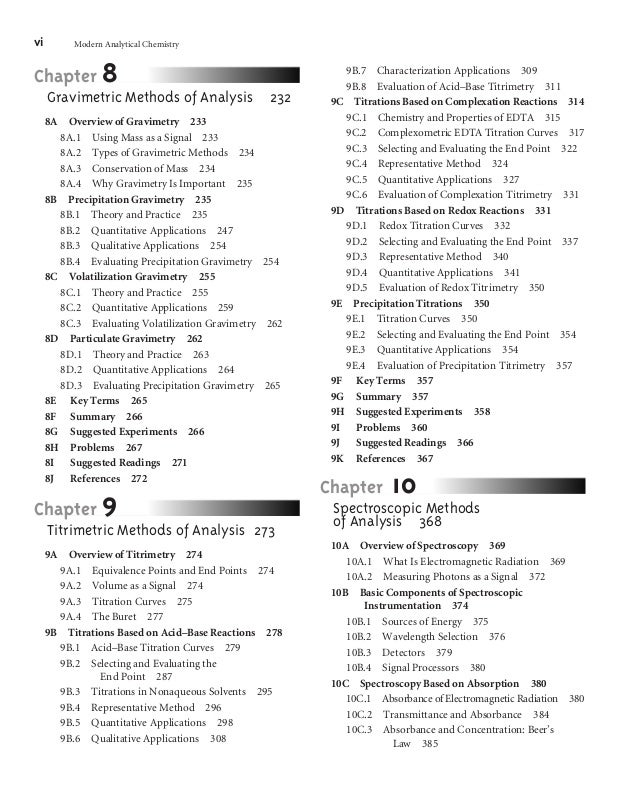Modern Biology Species Interactions Study Guide Answers
A Good Day for a Walk You decide to go out for a walk at your neighborhood park. You've got to take advantage of this wonderful weather, right?
- Modern Biology Species Interactions Study Guide Answers 9-1
- 14.2 Community Interactions Study Guide Answers
As you're walking, you notice the wild flowers are in bloom, and they are just covered in bees and butterflies. Birds are singing in the trees, which come in all shapes and sizes. You spy a rabbit running across the trail, and think you identify some wild cat footprints in the mud.
Sounds like a wonderful afternoon! But it was much more than that - you spent your afternoon engaging in one of the most fundamental aspects of ecological study: the observation of species composition. All of the Living Things Species composition refers to all of the living things within a specific environment. For example, if you have a backyard, you might have frogs, mice, various types of insects, butterflies, raccoons, and a couple of stray cats living there.
But that's not all - you probably have several different types of trees, grass, flowers, etc. Owners manual for 2002 kia sportage 4x4. All of these things make up the species composition of your backyard.
Now, your backyard itself is an ecosystem. An ecosystem is the interaction of all of these living organisms with each other along with their environment - which includes all of the non-living things, like the rocks, the weather, and whether or not there's a pond or a stream.
Modern Biology Species Interactions Study Guide Answers 9-1
Why Is Species Composition Important? Let's look at an example of why species composition is important. Take your backyard: if you wanted to have a vegetable garden this summer, you'd need to know what bugs are in your yard that might eat your tomatoes. You'd also want to know if you had nightly visitors of deer or gophers to eat your lettuce, and if those cute rabbits you sometimes see will decimate your carrots. And what about the weeds? Should you expect to be pulling dandelions and crabgrass all summer? Will there be enough bees to pollinate your strawberries?
Wow, that simple backyard garden just became a complex study in species composition. Species Composition Makes Ecosystems Unique There's a reason your backyard is different from your neighborhood park, and your park is different from Death Valley or Mt. An ecosystem is complex, and all the non-living parts of a particular area (weather, heat, rainfall, soil, etc.) affect the organisms that live there. The organisms that live there, in turn, affect both the living and some of the non-living parts.



14.2 Community Interactions Study Guide Answers
Different types of organisms will affect the ecosystem in different ways. An understanding of what organisms are in an area allows us to predict what will happen in that area. Let's revisit your backyard garden. If you knew the species composition of your backyard, you could plant things you know would grow well. If you have a large rabbit population, then you should probably avoid carrots. If you have lots of bees, then flowering plants would do very well.
If your soil is full of earth worms, any plants in your garden will be very happy. See how that works?
Different species interact within an ecosystem, and those interactions dictate how the ecosystem behaves. Lesson Summary Species composition refers to all the different living things within a given ecosystem, which is all of the living and non-living things in a certain area and the way they all interact. Knowing what species live in a given ecosystem helps us determine how these species will interact with each other and with the non-living things in the environment. This understanding allows us to predict how the ecosystem will work under various conditions.